-
×
 ALL-ROUND FOOTSTEPS SOUND FX By Ocular Sounds
1 × $8,00
ALL-ROUND FOOTSTEPS SOUND FX By Ocular Sounds
1 × $8,00 -
×
 Secrets Of Subtle Sales Mastery Deluxe By Paul Ross
1 × $23,00
Secrets Of Subtle Sales Mastery Deluxe By Paul Ross
1 × $23,00 -
×
 How to Build a Happy Cult Circle of 2 to 7 Girlfriends in 3 months by Jesse Charger
1 × $5,00
How to Build a Happy Cult Circle of 2 to 7 Girlfriends in 3 months by Jesse Charger
1 × $5,00 -
×
 Fractal Markets FX (SMC)
1 × $5,00
Fractal Markets FX (SMC)
1 × $5,00 -
×
 The Meal Prep and Meal Planner Bundle
1 × $5,00
The Meal Prep and Meal Planner Bundle
1 × $5,00 -
×
 SEO Case Study Database 2023: Identify and validate opportunities in minutes By Adam Gent
1 × $21,00
SEO Case Study Database 2023: Identify and validate opportunities in minutes By Adam Gent
1 × $21,00 -
×
 Yoga Nidra - Yogic Sleep By Yoga International
1 × $39,00
Yoga Nidra - Yogic Sleep By Yoga International
1 × $39,00 -
×
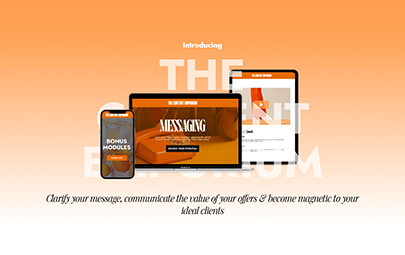 Messaging Program By Phoebe Kuhn - The Content Emporium
1 × $209,00
Messaging Program By Phoebe Kuhn - The Content Emporium
1 × $209,00 -
×
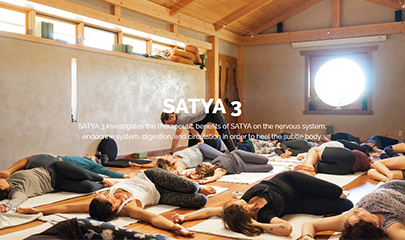 SATYA 3 - Online Immersion - March 2023 By Tias Little
1 × $225,00
SATYA 3 - Online Immersion - March 2023 By Tias Little
1 × $225,00 -
×
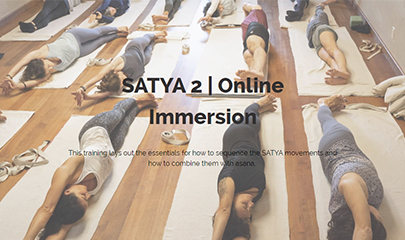 SATYA 2 - Online Immersion - January 2023 By Tias Little
1 × $225,00
SATYA 2 - Online Immersion - January 2023 By Tias Little
1 × $225,00 -
×
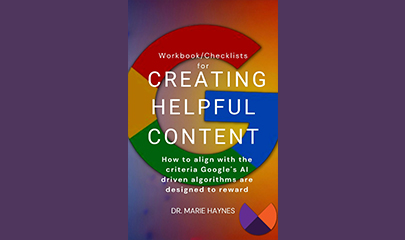 Creating Helpful Content Workbook By Marie Haynes
1 × $31,00
Creating Helpful Content Workbook By Marie Haynes
1 × $31,00 -
×
 Product Marketing Bootcamp By Melinda Chung
1 × $85,00
Product Marketing Bootcamp By Melinda Chung
1 × $85,00 -
×
 Dave Mac's Push Ads Course By Dave Mac
1 × $31,00
Dave Mac's Push Ads Course By Dave Mac
1 × $31,00 -
×
 Pilates Apparatus - The Complete Collection By Breathe Education
1 × $272,00
Pilates Apparatus - The Complete Collection By Breathe Education
1 × $272,00 -
×
![Full Body [P]Rehab By The Prehab Guys](https://kobozon.com/wp-content/uploads/2024/03/Full-Body-PRehab-By-The-Prehab-Guys.jpg) Full Body [P]Rehab By The Prehab Guys
1 × $155,00
Full Body [P]Rehab By The Prehab Guys
1 × $155,00 -
×
 Recruiting Professionals Live Dials By Todd Falcone
1 × $23,00
Recruiting Professionals Live Dials By Todd Falcone
1 × $23,00 -
×
 Family Systems Therapy with Kenneth Hardy
1 × $8,00
Family Systems Therapy with Kenneth Hardy
1 × $8,00 -
×
 Ultimate Guide to HARO Success By Easy Peasy Blogging
1 × $15,00
Ultimate Guide to HARO Success By Easy Peasy Blogging
1 × $15,00 -
×
 The Ultimate YouTube Ads Black Friday Bundle By Aleric Heck
1 × $23,00
The Ultimate YouTube Ads Black Friday Bundle By Aleric Heck
1 × $23,00 -
×
 Affiliate Marketing Course By Sara Finance
1 × $46,00
Affiliate Marketing Course By Sara Finance
1 × $46,00 -
×
 Shake Off The Bridge – Saam Gin Yiu Kiu By Chow Gar Tong Long
1 × $23,00
Shake Off The Bridge – Saam Gin Yiu Kiu By Chow Gar Tong Long
1 × $23,00 -
×
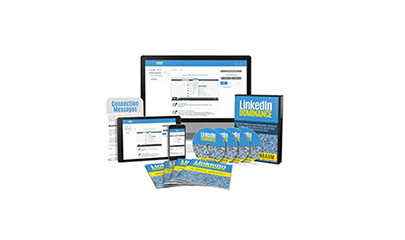 LinkedIn Dominance By Steve Rosenbaum
1 × $69,00
LinkedIn Dominance By Steve Rosenbaum
1 × $69,00 -
×
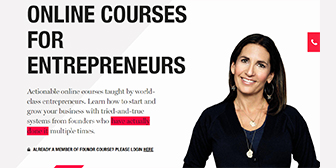 Foundr - All Courses Bundle
1 × $23,00
Foundr - All Courses Bundle
1 × $23,00 -
×
 AMN Practitioner – Level 1 Certification By David Fleming, John Campione And Dillon Walker
1 × $139,00
AMN Practitioner – Level 1 Certification By David Fleming, John Campione And Dillon Walker
1 × $139,00 -
×
 Training Session - Submissions: Going deeper by Renzo Gracie
1 × $6,00
Training Session - Submissions: Going deeper by Renzo Gracie
1 × $6,00 -
×
 The Complete Jiu Jitsu Collection By Roy Dean Academy
1 × $171,00
The Complete Jiu Jitsu Collection By Roy Dean Academy
1 × $171,00 -
×
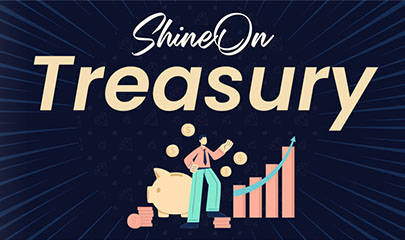 Shineon Treasury By Amanda
1 × $23,00
Shineon Treasury By Amanda
1 × $23,00 -
×
 Email Marketing Fundamentals By Jessica Best
1 × $39,00
Email Marketing Fundamentals By Jessica Best
1 × $39,00 -
×
 Fight Like An Old Man - Digital Download By Russell Stutely
1 × $78,00
Fight Like An Old Man - Digital Download By Russell Stutely
1 × $78,00 -
×
 Landscape Composition 2 - An eBook on Composition in Landscape Photography by Mads Peter Iversen
1 × $5,00
Landscape Composition 2 - An eBook on Composition in Landscape Photography by Mads Peter Iversen
1 × $5,00 -
×
 Speed Seduction Powerpack Gold Walkup By Ross Jeffries
1 × $23,00
Speed Seduction Powerpack Gold Walkup By Ross Jeffries
1 × $23,00
How to Build Strong Relationships at Work By Daniel Post Senning
$14,00 $5,00
SKU: KOB.53594GniSfY
Category: Personal Development
Tags: Daniel Post Senning, How to Build Strong Relationships at Work, Relationships
How to Build Strong Relationships at Work – Immediate Download!
Let’s embark on a captivating adventure to uncover remarkable insights that spark your curiosity and elevate your understanding
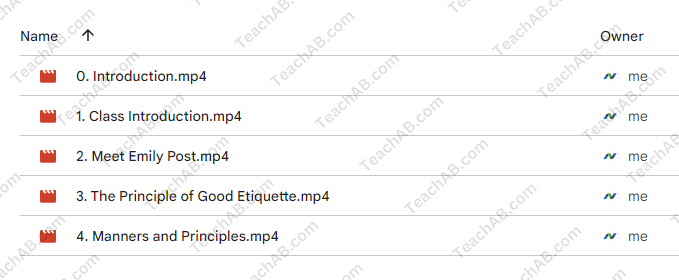
How to Build Strong Relationships at Work By Daniel Post Senning
Overview

How to Build Strong Relationships at Work
In today’s fast-paced and ever-evolving professional landscape, cultivating strong relationships at work is more critical than ever. Daniel Post Senning, in his insightful course, emphasizes that the bedrock of any successful workplace is rooted in effective communication, respect, and understanding. These elements are not mere niceties; they form the foundation of a work environment where collaboration thrives. Just as a garden flourishes with the right mix of sunlight, water, and nutrients, so too do workplace relationships blossom when nurtured with care and attention. Here, we delve deep into the core principles Senning outlines to help you navigate the nuances of workplace dynamics, enabling you to forge meaningful connections with your colleagues, enhance morale, and boost productivity.
Professional Etiquette
One of the first pillars of building strong relationships at work lies in understanding and practicing professional etiquette. Senning teaches that etiquette is more than just a set of rules; it’s the language of respect that facilitates smoother interactions. For instance, consider how a simple “thank you” can transform a mundane interaction into a moment of connection. Professional etiquette covers a range of behaviors, including:
- Greeting colleagues: A warm greeting can set a positive tone for the day.
- Being punctual: Arriving on time shows respect for others’ schedules.
- Mindful communication: This includes both verbal and non-verbal cues, such as maintaining eye contact and using a friendly tone.
By incorporating these practices into daily routines, individuals not only enhance their own self-esteem but also contribute to a culture of respect and cordiality within the workplace. This sense of mutual regard fosters an environment where team members feel valued, ultimately leading to stronger connections.
Communication Skills
Effective communication is the lifeblood of any relationship, and stronger workplace relationships are no exception. Senning emphasizes that this not only involves being articulate but also being a good listener. Picture a conversation as a delicate dance; both partners must be in sync to create harmony. Active listening is essential in this dance, as it allows individuals to truly understand and connect with one another.
Key components of effective communication include:
- Clarity: Articulating thoughts clearly to avoid misunderstandings.
- Empathy: Understanding others’ perspectives and emotions to foster rapport.
- Feedback: Offering constructive feedback promotes transparency and trust, essential elements in any strong relationship.
By honing these communication skills, employees can establish trusting and respectful relationships with their colleagues. Regular practice creates a comfortable atmosphere where everyone feels empowered to voice their ideas and concerns without fear of dismissal. This open dialogue can lead to innovative solutions and collaborative projects that reflect the diverse talents within a team.
Emotional Intelligence
Emotional intelligence (EI) is a cornerstone of successful relationships at work and is another vital topic addressed in Senning’s teachings. It refers to the ability to recognize and manage one’s own emotions, as well as the emotions of others. Imagine walking into a room and instantly sensing the mood this instinctive awareness is a manifestation of emotional intelligence.
The components of emotional intelligence are as follows:
- Self-awareness: Understanding one’s own emotional triggers and how they impact behavior.
- Self-regulation: The ability to control one’s emotional responses to situations.
- Social skills: Navigating social complexities and building rapport with others.
Developing emotional intelligence can greatly enhance one’s ability to navigate workplace challenges. For instance, when faced with a conflict, a person high in emotional intelligence will approach the situation with a calm demeanor, focusing on resolving the issue rather than assigning blame. This behavior can prevent undue tension and foster a collaborative spirit among team members.
Taking Genuine Interest
One of the most effective ways to foster deeper connections in the workplace is to take a genuine interest in colleagues. Senning highlights the importance of engaging in conversations that go beyond the surface. Instead of sticking to small talk about the weather or weekend plans, consider expressing curiosity about your colleague’s projects or personal interests. This not only shows that you value them as individuals but also lays the groundwork for collaboration.
Practical ways to show genuine interest include:
- Remembering names: Using a person’s name during conversation makes it more personal.
- Asking open-ended questions: Encourage deeper discussions that reveal insights about each other.
- Sharing personal stories: Relating experiences can build trust and rapport.
By investing time and effort into truly getting to know colleagues, individuals open the door to meaningful relationships that foster teamwork and morale. This practice goes beyond mere networking; it creates a sense of community, where collaboration becomes a natural extension of the relationship.
Encouragement and Recognition
Recognizing the achievements of coworkers and providing encouragement can significantly contribute to a positive workplace atmosphere. Senning emphasizes that genuine acknowledgment of others’ hard work not only lifts morale but also reinforces a culture of support. Picture a sports team the players who receive praise for their performance are more likely to feel motivated and engaged, both on and off the field.
Ways to encourage and recognize coworkers include:
- Public acknowledgment: Highlighting a colleague’s achievement in a team meeting.
- Personal notes: A simple handwritten note can mean a lot and leave a lasting impression.
- Peer awards: Establishing a recognition program can promote a supportive environment.
Fostering a culture where encouragement and recognition thrive can lead to increased job satisfaction, as team members feel valued and appreciated. This atmosphere creates a ripple effect, encouraging others to engage and uplift one another, ultimately resulting in a robust network of support within the team.
Conflict Resolution
Conflict is an inevitable part of any workplace. However, how one handles these conflicts can either strengthen or sever relationships. In his teachings, Senning highlights the importance of approaching disagreements with a constructive mindset. Think of conflict resolution like navigating a stormy sea; if navigated properly, the journey can lead to new horizons and opportunities for growth.
Effective conflict resolution strategies include:
- Remaining calm: Keep emotions in check to promote rational discussion.
- Focusing on solutions: Direct the conversation toward resolving issues rather than dwelling on the problem.
- Practicing active listening: Allowing all parties to express their perspectives fosters a sense of respect and understanding.
By approaching conflicts in this manner, individuals can turn potential rifts into opportunities for collaboration and understanding. When team members see that conflicts are resolved respectfully and constructively, it enhances trust and strengthens relationships moving forward.
Maintaining Professional Boundaries
While cultivating personal connections is essential, Senning stresses the importance of maintaining professional boundaries. This balance between friendliness and professionalism is crucial for a harmonious work environment. Crossing boundaries can lead to discomfort and misinterpretation.
Guidelines for maintaining professional boundaries include:
- Respecting privacy: Avoid prying into personal matters unless invited to share.
- Keeping conversations professional: While casual chats are encouraged, they should not veer into overly personal territory.
- Setting clear expectations: Clarify your role and responsibilities to avoid misunderstandings.
By maintaining these boundaries, employees can create a friendly atmosphere without compromising professionalism. This delicate balance ensures that relationships remain healthy and respectful, contributing to a harmonious workplace culture.
Conclusion
In conclusion, building strong relationships at work is an intricate process that involves multiple facets, including professional etiquette, effective communication, emotional intelligence, taking genuine interest, offering encouragement and recognition, managing conflicts, and maintaining professional boundaries. Daniel Post Senning’s teachings provide a comprehensive roadmap for developing these strategies and nurturing relationships that can lead to increased job satisfaction and overall productivity. When colleagues connect on a deeper level, they not only enhance their individual experiences but also contribute to a thriving organizational culture. As the saying goes, “Teamwork makes the dream work,” and it’s the relationships built along the way that truly bring that dream to life.
Frequently Asked Questions:
Innovation in Business Models: We use a group purchase approach that enables users to split expenses and get discounted access to well-liked courses. Despite worries regarding distribution strategies from content creators, this strategy helps people with low incomes.
Legal Aspects to Take into Account: Our operations’ legality entails several intricate considerations. There are no explicit resale restrictions mentioned at the time of purchase, even though we do not have the course developers’ express consent to redistribute their content. This uncertainty gives us the chance to offer reasonably priced instructional materials.
Quality Control: We make certain that every course resource we buy is the exact same as what the authors themselves provide. It’s crucial to realize, nevertheless, that we are not authorized suppliers. Therefore, the following are not included in our offerings: – Live coaching sessions or calls with the course author.
– Entry to groups or portals that are only available to authors.
– Participation in closed forums.
– Straightforward email assistance from the writer or their group.
Our goal is to lower the barrier to education by providing these courses on our own, without the official channels’ premium services. We value your comprehension of our distinct methodology.
Be the first to review “How to Build Strong Relationships at Work By Daniel Post Senning” Cancel reply
You must be logged in to post a review.
Related products
Personal Development
Personal Development
Training the Electric/Magnetic Lines of Force with Movement By Sixty Skills
Personal Development
Personal Development
Cognomovement An Energy Healing System With Bill McKenna and Liz Larson – The Shift Network
Personal Development
The Others Within Us – Unattached Burdens and Guides in IFS Therapy By Robert Falconer





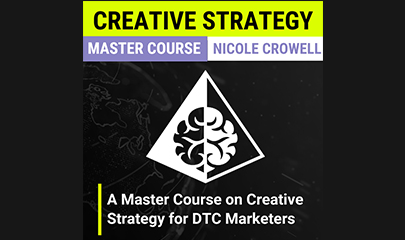
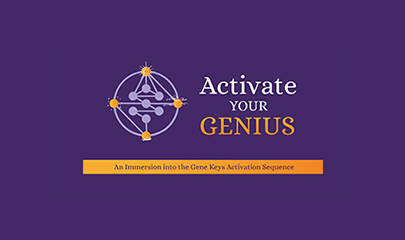

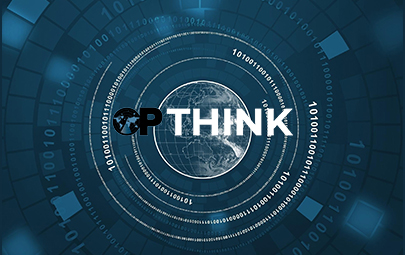
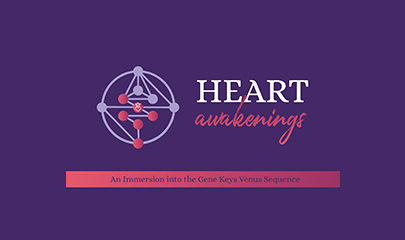
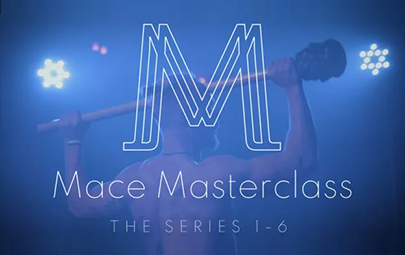
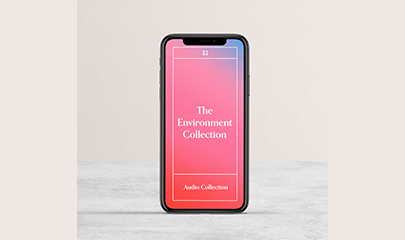

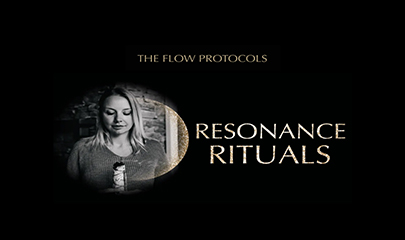
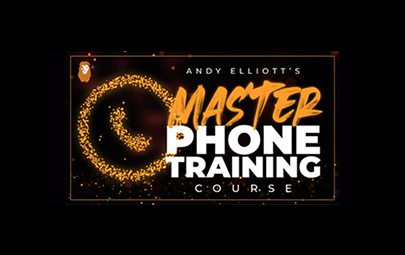
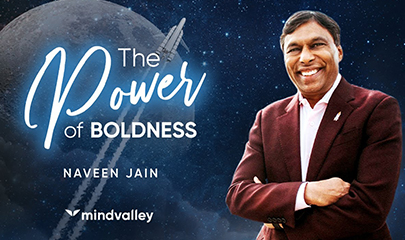

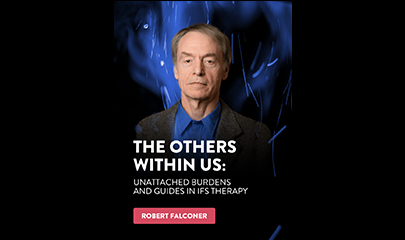

Reviews
There are no reviews yet.